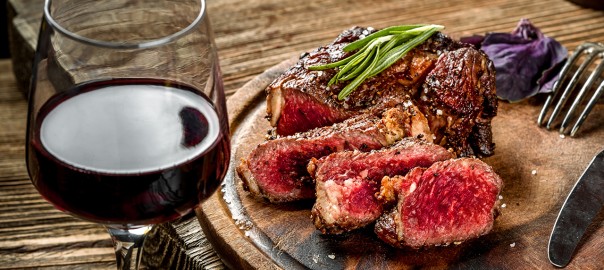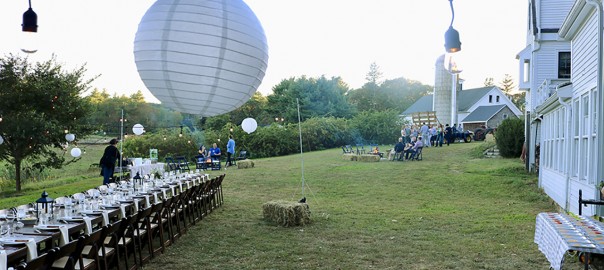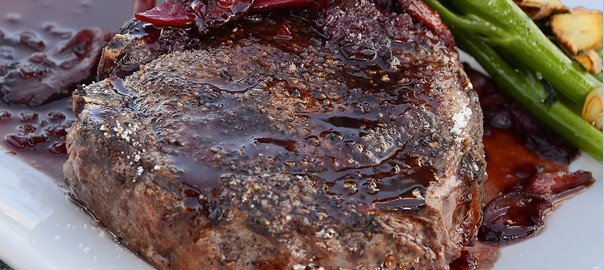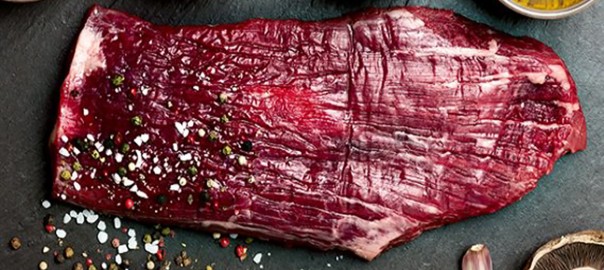As the days start to get warmer, let’s skip the stew and dig into a dish that’s a lot easier to make.
The dish itself is not complicated. Popular in the British Isles, it is usually some combination of meat, spices, vegetables, with a mashed potato crust.
A problem arises, however, when discussing the name of the entree. Shepherd’s pie? Cottage pie? “Pâté chinois?
Here in America, we usually refer to any dish that contains beef, hearty veggies, and is topped with potatoes as “shepherd’s pie.” However, what we know as shepherd’s pie is actually a “cottage pie,” which is popular in Ireland, Scotland, and England. A shepherd’s pie is the same except the featured meat is lamb instead of beef.
The background for the name differences is quite interesting. Cottage pies have traditionally been more common because they were made from the leftovers of from larger meals. So commonfolk in places like Ireland and England — who predominantly lived in country cottages — would take leftover beef they had, cut it up, and throw it into a pot or dish with whatever veggies they had lying around.
As our in-house chef, Yankel Polak explains, “There are endless variations since its basically a free-form stew topped with mashed potatoes.”
Because potatoes have been such a prevalent and accessible crop to broader swaths of the population — especially in Ireland — it made more sense to use mashed potatoes as a crust or topping than any grain-based foods. And so, the cottage pie became a staple in Ireland, Britain, Scotland, and, eventually America.
It is a bit odd that a cottage pie — the dish with beef as its meat — would be called shepherd’s pie more commonly here in the U.S.
If you haven’t made the connection yet, shepherd’s pie gets its name because it features lamb, the livestock tended to by shepherds.
Whatever name it goes by, the savory dish is good just about any time you happen to have ground beef or any leftover meat and vegetables handy. But it is a perfect hearty meal for the winter, especially in the more snow-blanketed, northern sections of the country.
ButcherBox’s Chef Yankel likes to make a beef stew and store mash potatoes in a pastry bag. “When I’m hungry,” he explains, “I heat up the stew in a saute pan, pour it into an oven safe dish, pipe the mash on top with a sprinkle of parmesan and pepper and broil it till golden.”
For another variation on the cottage pie/shepherd’s pie, check out Chef Yankel’s “Spiced-Up Shepherd’s Pie,” which adds some more complexity with Indian-inspired flavors and a unique potato topping that blends in cauliflower for a lower carb count:
Spiced-up Shepherd’s Pie
Ingredients:
Meat Filling
- 1 ButcherBox Ground Beef
- 1 c butternut squash, small dice
- 1 c carrots, small dice
- 1 c peas (if frozen do not thaw)
- One can (15½oz) garbanzo beans
- 1 can (14½oz) diced tomatoes
- 1 medium yellow onion, small dice
- 4 garlic cloves, minced
- ½ tsp cinnamon
- 1 tsp muchi-curry powder
- 1 tsp garam masala
- 1 Tbsp tomato paste
- 2 tsp kosher salt
- 1/3 c beef stock
Cauliflower Topping
- 1 cauliflower
- 2 russet potatoes
- ½ tsp muchi-curry powder
- ½ tsp ground black pepper
- 1 tsp kosher salt
- 1 tsp ghee
Preparation:
30 minutes cooking time:
Serves: 4-6
1. Preheat oven to 350°F.
2. Rinse potatoes, poke them twice with a fork and place on baking sheet. Roast in the oven for 1 hr or until fork-tender. Peel the skin off once you are able to handle them.
3. Cut up cauliflower and place in a steaming basket. Steam for 10 min, or until very soft.
4. Place cooked cauliflower, peeled potatoes, and remaining ingredients in a large mixing bowl.
5. With a hand mixer, mix until smooth.
6. Set aside.
Meat Filling
7. Preheat sauté pan. Crumble ground beef into the hot pan, and sauté until slightly pink, then drain liquid.
8. Return the meat back to pan and add garlic, onion, butternut squash, carrots, and spices. Sauté until onions are translucent.
9. Add tomatoes, tomato paste, and beef broth mix, and cook for 3 min.
10. Add garbanzo beans and peas. Mix everything together and pour meat filling into a casserole dish.
11. Spread the mashed cauliflower and potato mixture evenly on top of meat.
12. Bake for 30 min. Remove from oven and enjoy!












